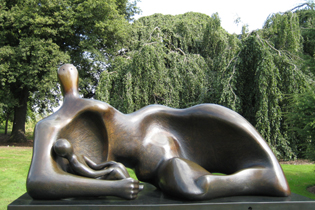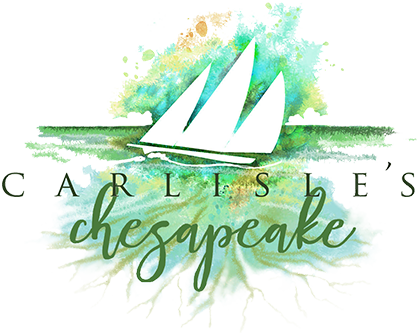Content

Moore in America, Atlanta Botanical Garden

Draped Reclining Mother and Baby 1983 (LH 822) reproduced by permission of The Henry Moore Foundation
The Atlanta Botanical Garden celebrates the grand opening of new green-designed facilities by hosting
Moore in America, the largest exhibition of British artist Henry Moore’s outdoor sculptures ever presented in the U.S. Moore’s monumental works are dramatically displayed among the lush, colorful plantings of the Midtown attraction, which offers new gardens, a green-designed Visitor Center and parking facility, and new entrance facing neighboring Piedmont Park. The 20 sculptures, made primarily of bronze, range from 300 pounds to 12 tons. The exhibition marks the fifth year of the Garden’s commitment to bringing fine sculpture to Atlanta, beginning with Dale Chihuly’s art glass in 2004.
“There is no other venue in Atlanta that can present an exhibition of this scale,” said Mary Pat Matheson, the Garden’s Executive Director. “Henry Moore was so very much attuned to nature, and he always envisioned his sculpture in the landscape, not indoors.”
The sculptures, all on loan from the Henry Moore Foundation, debuted in 2007 at the Royal Botanic Gardens, Kew in England. Last year they traveled to New York for a special exhibition, “Moore in America: Monumental Sculpture at The New York Botanical Garden” – ranked by Time magazine among the top 10 museum exhibits in the country. The Atlanta Botanical Garden is collaborating with The New York Botanical Garden and the Henry Moore Foundation to bring the exhibition, sponsored by MetLife Foundation, to Atlanta through October. The sculptures were delivered through an in-kind donation from The UPS Foundation.
Considered one of the most significant sculptors of the 20th century, Moore (1898-1986) is best known for his abstract monumental bronzes. This exhibition reflects all of Moore’s major themes: mother and child, reclining figures, organic forms, interlocking forms and figures as landscape. Nature inspired much of the artist’s work. “Landscape has been for me one of the sources of my energy . . .” Moore said. “I find that all natural forms are a source of unending interest – tree trunks, the textures and variety of grasses . . . The whole of nature is an endless demonstration of shape and form.”
Matheson said that staging an exhibition of Moore’s work in a garden encourages dialogue because visitors are more sociable and interactive in an outdoor environment than in a museum. And because Moore’s works contrast a great variety of forms and textures, guests are drawn to touch the work, something that is discouraged in an indoors setting.

